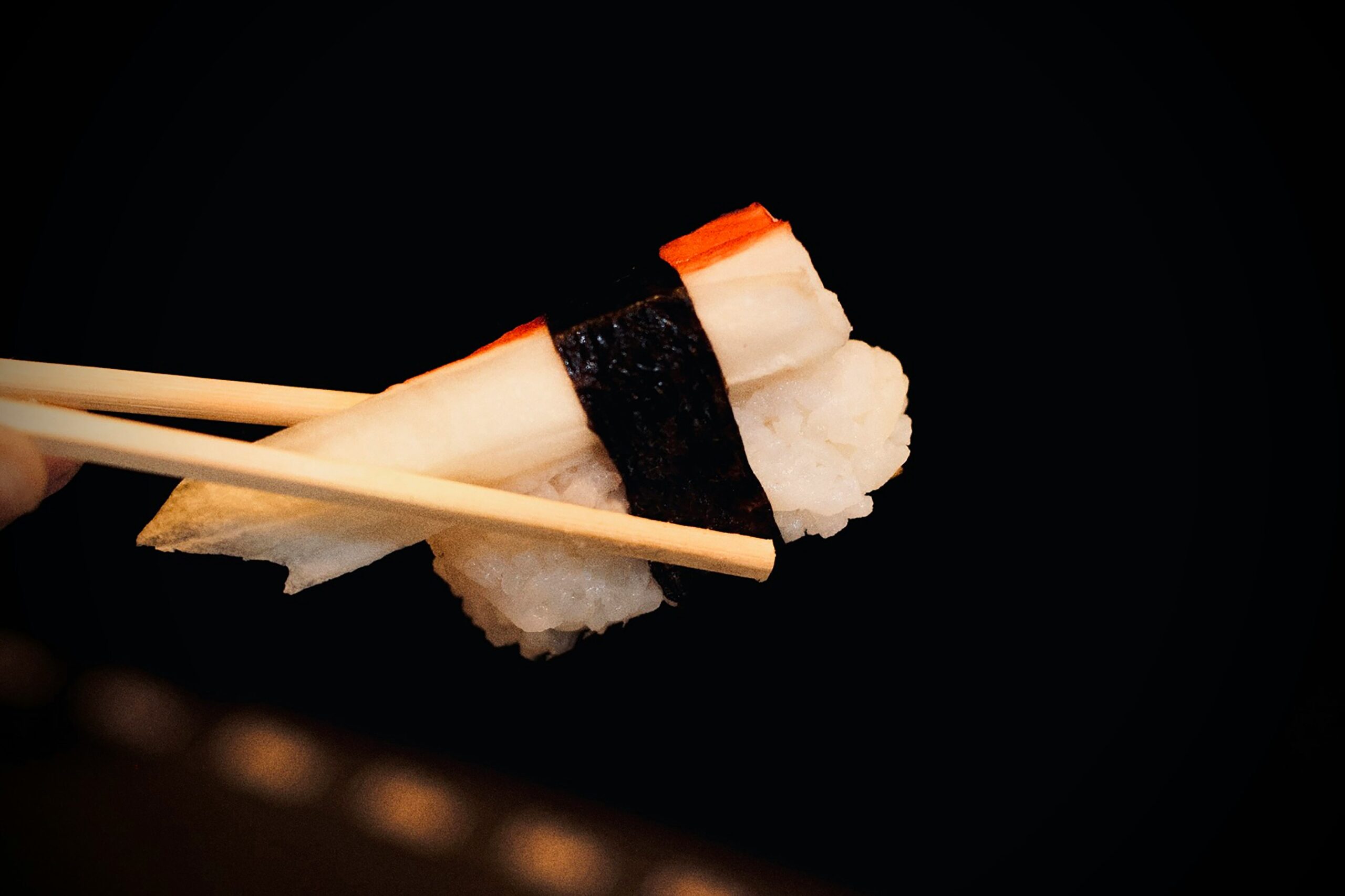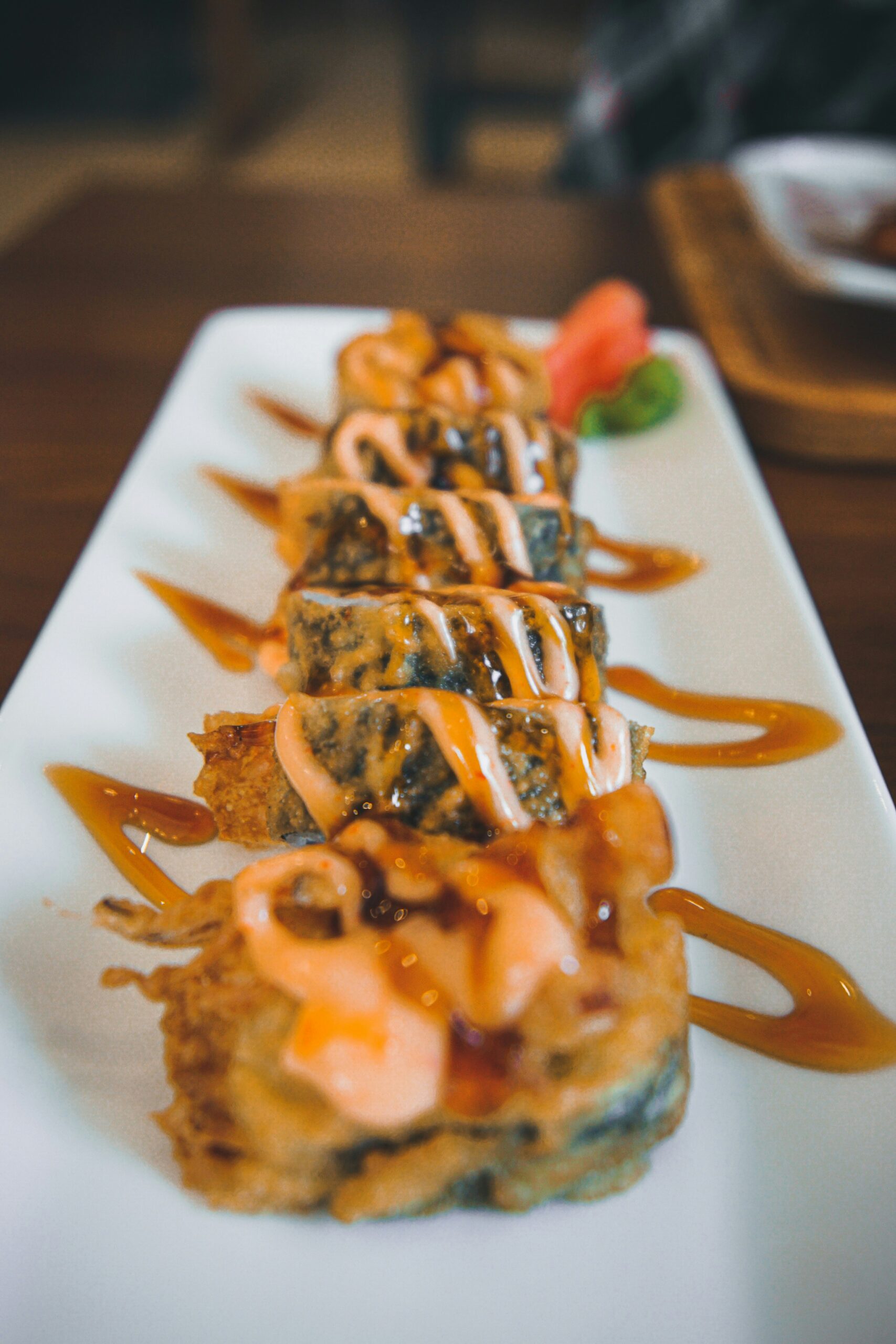Over the past decade, sushi has experienced remarkable growth in popularity across the United States, evolving from a niche delicacy to a mainstream culinary staple. This surge is evident in the significant expansion of sushi restaurants nationwide, reflecting a broader acceptance and appreciation of Japanese cuisine.
Expansion of Sushi Restaurants
The proliferation of sushi establishments is a clear indicator of its rising popularity. In 2011, the United States was home to approximately 11,939 sushi restaurants. By 2021, this number had surged to 18,944, marking a 57% increase over the decade. Notably, 2017 alone saw a 12% rise, with 1,868 new sushi establishments opening that year. This growth underscores the increasing demand and integration of sushi into the American dining scene.
Market Growth and Economic Impact
The economic footprint of the sushi restaurant sector has expanded in tandem with its physical growth. In 2022, the market size of the U.S. sushi restaurant industry reached $27.9 billion, up from $22.59 billion in 2021. This substantial increase highlights sushi’s transition from a specialty cuisine to a significant player in the broader food service industry.
Diversification and Accessibility
Sushi’s evolution in the U.S. is also characterized by its diversification and increased accessibility. Once confined to high-end restaurants, sushi is now available in various formats, from casual eateries and grocery stores to upscale dining establishments. Innovations such as sushi burritos and sushi tacos have emerged, blending traditional elements with American culinary preferences. Additionally, plant-based sushi options have gained traction, catering to the growing number of health-conscious and vegetarian consumers.
Cultural Integration and Consumer Acceptance
The integration of sushi into American culture is a testament to its widespread acceptance. Major urban centers like Los Angeles and New York City have become hotspots for sushi lovers. For instance, Los Angeles’s Ventura Boulevard, dubbed “Sushi Row,” boasts one of the highest concentrations of sushi restaurants outside Japan, illustrating the deep-rooted presence of sushi in the city’s culinary landscape.
Future Outlook
Looking ahead, the sushi industry shows no signs of slowing down. Emerging trends such as the rise of Omakase-style dining, where patrons entrust the chef to select their dishes, are gaining popularity, offering diners personalized and immersive experiences. Moreover, the emphasis on sustainability and sourcing practices is becoming increasingly important, with consumers showing a preference for restaurants that prioritize eco-friendly operations.
In conclusion, the past decade has witnessed a significant transformation in the U.S. sushi landscape. The substantial growth in the number of sushi establishments, coupled with their economic impact and cultural integration, underscores sushi’s transition from an exotic delicacy to a beloved component of American cuisine. As the industry continues to innovate and adapt to consumer preferences, sushi’s popularity is poised to endure and flourish in the years to come.
Tag: japan
-

The Evolution of Sushi: Contrasting Traditional Japanese Sushi with Its American Counterpart
Sushi, a culinary art form originating in Japan, has undergone significant transformations as it traversed continents. While traditional Japanese sushi emphasizes simplicity and purity, its American adaptations often showcase innovation and fusion. This article delves into the stark differences between these two interpretations, exploring their origins, ingredients, preparation methods, and cultural significance.
Origins and Philosophy
Traditional Japanese sushi, known as “Edo-mae” sushi, traces its roots back to the Edo period (1603-1868). Originally, it was a method of preserving fish by fermenting it with rice and salt. Over time, this evolved into vinegared rice paired with fresh fish. The essence of traditional sushi lies in its simplicity, focusing on the natural flavors of its ingredients without excessive embellishments.
In contrast, American-style sushi emerged as Japanese cuisine gained popularity in the United States during the mid-20th century. Chefs began adapting traditional recipes to suit local palates, leading to innovative creations that often incorporated non-traditional ingredients. This fusion approach reflects a broader trend of culinary adaptation and globalization.
Ingredients and Flavor Profiles
A defining characteristic of traditional Japanese sushi is its minimalism. The primary components include vinegared rice (shari), fresh fish or seafood (neta), and occasionally nori (seaweed). Common varieties are nigiri (a slice of fish atop rice), sashimi (slices of raw fish without rice), and maki (rolled sushi with seaweed, rice, and filling) . The emphasis is on the quality and freshness of the fish, with subtle seasoning to enhance natural flavors.
American sushi, however, often features a diverse array of ingredients. Rolls like the California roll, which includes avocado and imitation crab, cater to local tastes and preferences. Additionally, the incorporation of cream cheese, spicy mayonnaise, and deep-fried elements has become commonplace. These additions result in richer, more robust flavors that differ significantly from the subtlety of traditional sushi.
Preparation Techniques
In Japan, sushi chefs undergo rigorous training, often dedicating years to master the art. The process involves meticulous attention to detail, from selecting the freshest fish to perfecting the texture and seasoning of the rice. Traditional sushi is typically prepared with the nori on the outside, tightly wrapping the rice and filling.
Conversely, American sushi has introduced variations such as uramaki, or inside-out rolls, where the rice is on the outside and the nori inside. This adaptation was initially made to cater to Western aesthetics, as diners were less accustomed to the texture of seaweed on the exterior. Furthermore, American sushi chefs often experiment with presentation, incorporating vibrant colors and elaborate garnishes to appeal to the visual senses.
Cultural Significance and Dining Etiquette
Sushi in Japan is not merely a meal but a cultural experience. Dining etiquette is deeply rooted in tradition; for instance, wasabi is typically applied by the chef between the rice and fish, and additional soy sauce is used sparingly to avoid overpowering the delicate flavors. Sushi is often eaten with the fingers, and appreciating the chef’s craftsmanship is an integral part of the experience.
In the United States, sushi dining is more relaxed and varies widely. Diners commonly use chopsticks and may mix wasabi into their soy sauce, a practice less common in Japan. The atmosphere in American sushi restaurants range from casual to upscale, reflecting the cuisine’s fusion into mainstream culture.
Conclusion
The journey of sushi, from its traditional Japanese roots to its American adaptations, exemplifies the dynamic nature of culinary evolution. While traditional sushi emphasizes simplicity, purity, and a deep respect for ingredients, American-style sushi showcases creativity, fusion, and a willingness to experiment. Both interpretations offer unique experiences, catering to diverse palates and preferences. Understanding these differences enriches our appreciation of sushi as a global culinary phenomenon.
